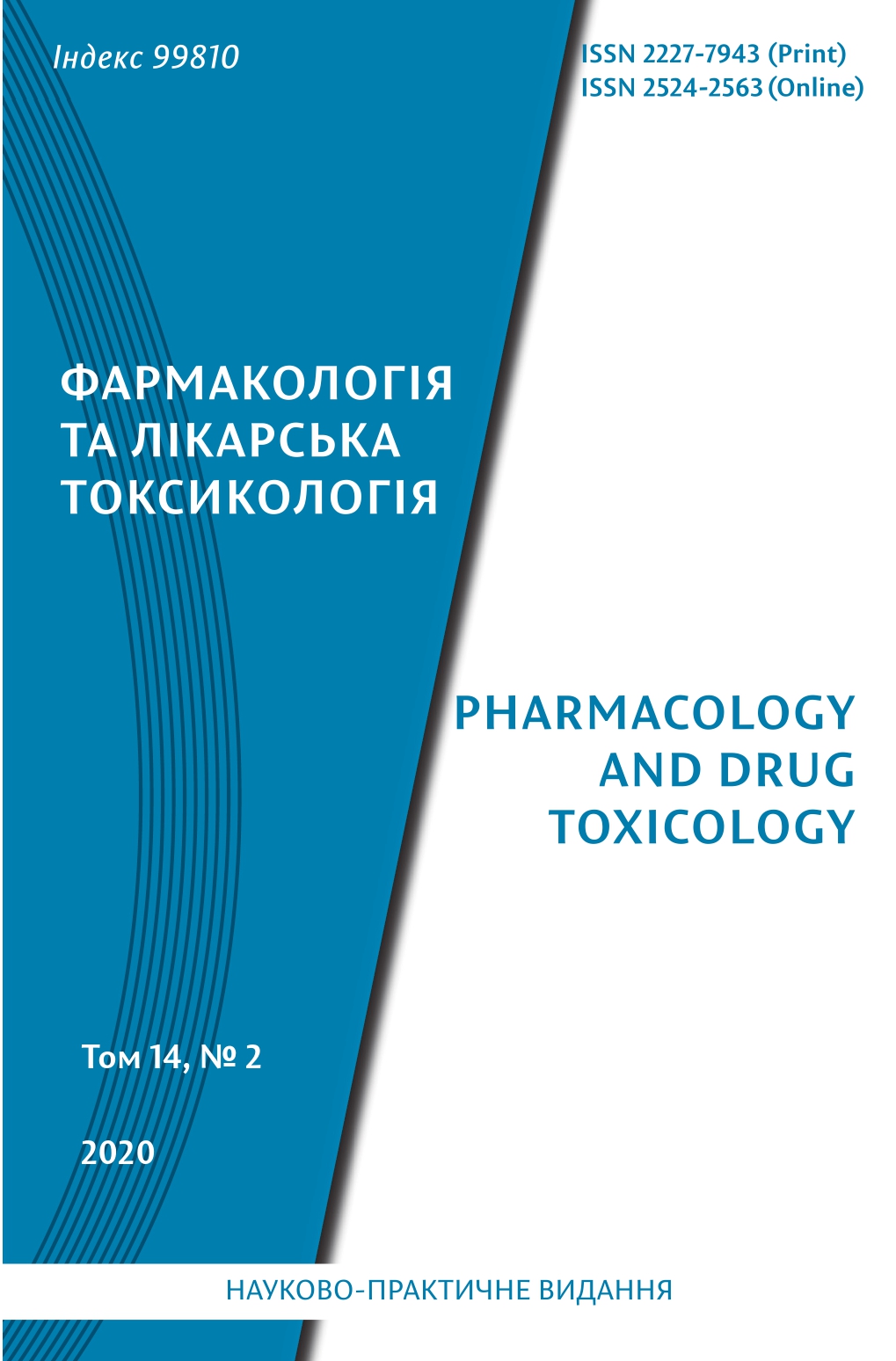Abstract
Taking into account the individual characteristics of organisms gives possibility to obtain qualitatively better levels of treatment even at severe pathologies. Unfortunately, until recent years traditional methods of tumors chemotherapy did not allow to achieve any specificity of used drugs cytotoxic effect. In previous experiments, we studied the influence of the antitumor compound ethyl 2-(quinazolin-4-yl-amino)4,5,6,7-tetrahydrobenzo[b]thiophene-3-carboxylate hydrochloride (EQTC) on chromatin constituents, DNA fragmentation processes, the state of the antioxidant system in Guerin's carcinoma cells and unchanged uterine tissues, and the specificity of its effect on the studied parameters was revealed. This led to the relevance of further clarification whether this specificity of EQTC was characteristic only for uterine tissue, or whether it extended to other tissues of the body. Objective – to study the effect of EQTC on DNA, RNA, chromatin proteins, DNA fragmentation processes, and antioxidant system indices in rat sarcoma cells 45 and unchanged skin tissues. Animals were divided into 3 groups of 6 animals each: 1 – intact rats; 2 – negative control (sarcoma 45); 3 – sarcoma 45 + EQTC (24,37 mg/kg). Study of the effect of EQTC on DNA, RNA, chromatin proteins, DNA fragmentation processes, nonprotein and protein-bound SH-groups in sarcoma 45 and unchanged skin tissues showed that this compound significantly changed the majority of the studied parameters both in comparison with intact animals and with sarcoma 45 without treatment. The specificity of the effect of EQTC on tumor cells was most pronounced with respect to changes in the contents of DNA fragments, RNA, chromatin proteins, as well as non-protein and protein bound SH groups. Comparison of the effect of EQTC on sarcoma 45 and Guerin's carcinoma showed that the normalizing effect of this quinazoline derivative on all studied parameters was more pronounced at the sarcoma 45 model than in Guerin's carcinoma.
